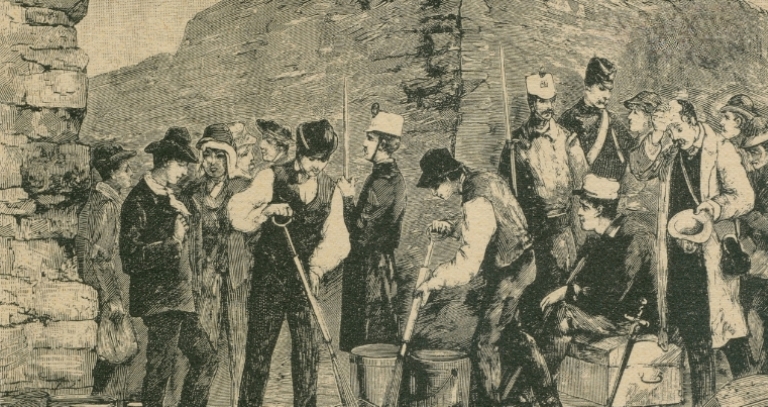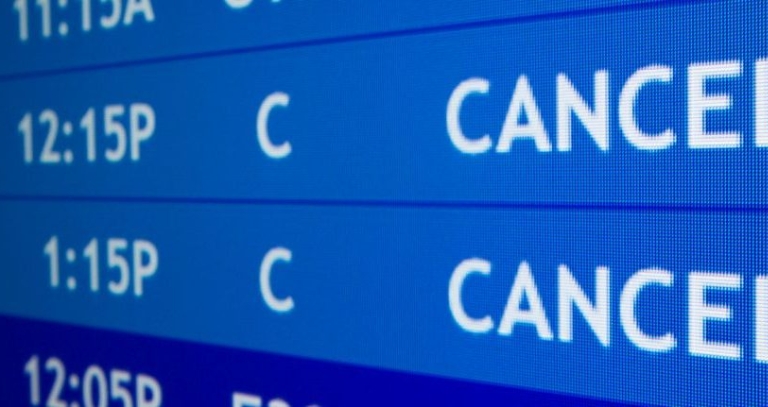A Timeline of the Worst Pandemics in History
Pandemics have always shaped human civilization, leaving lasting effects on societies, economies, and cultures. Understanding the worst pandemics in history allows us to learn from the past and prepare for the future. Moreover, these outbreaks highlight the resilience of humanity in the face of adversity.
1. The Black Death – One of the Worst Pandemics in History
The Black Death, one of the most notorious of the worst pandemics in history, devastated Europe and Asia. Initially, fleas on rats carried the plague, which caused symptoms like fever, vomiting, and painful swellings. Furthermore, the disease wiped out nearly one-third of Europe’s population. As a result, collapsing economies and permanently altered social structures marked this dark period.

2. The Spanish Flu
The Spanish Flu marked another major chapter in the timeline of the worst pandemics in history. Interestingly, it infected one-third of the global population and claimed an estimated 50 million lives. Additionally, troop movements during World War I helped the virus spread rapidly. Consequently, countries overhauled their public health systems and emphasized the importance of vaccination.
3. The Third Cholera Pandemic
The Third Cholera Pandemic is considered one of the worst pandemics in history due to its deadly reach across Europe, Asia, and North America. For example, contaminated water and poor sanitation led to mass fatalities. Moreover, this outbreak led to the development of modern public health systems, highlighting the connection between hygiene and disease prevention.

4. HIV/AIDS Pandemic (1981–Present) – A Global Health Crisis
The HIV/AIDS pandemic continues to be among the worst pandemics in history. Since its discovery, millions have been affected globally. Furthermore, it has prompted worldwide awareness campaigns, research initiatives, and innovations in medical treatment. In addition, this pandemic has reshaped societal views on healthcare, stigma, and education about infectious diseases.

5. COVID-19 Pandemic (2019–Present) – The Modern Global Outbreak
The COVID-19 pandemic is the most recent addition to the timeline of the worst pandemics in history. Initially, the virus spread rapidly through human contact and global travel. Consequently, lockdowns, travel restrictions, and social distancing measures were enforced worldwide. Moreover, COVID-19 accelerated remote work, digital learning, and telemedicine. In addition, it emphasized the importance of global cooperation in combating health crises.
Lessons Learned from the Worst Pandemics in History
Studying the worst pandemics in history provides valuable insights:
-
Preparedness is Key: Early detection and containment save lives.
-
Healthcare Infrastructure Matters: Pandemics expose the strengths and weaknesses of public health systems.
-
Global Collaboration is Crucial: Diseases do not respect borders.
-
Awareness and Education Help: Public understanding of hygiene and preventive measures reduces fatalities.
Conclusion
The worst pandemics have not only caused immense loss of life but also reshaped societies, economies, and cultures. Moreover, they remind us of humanity’s resilience and adaptability. By learning from these pandemics, we can better prepare for future outbreaks and protect our communities.








